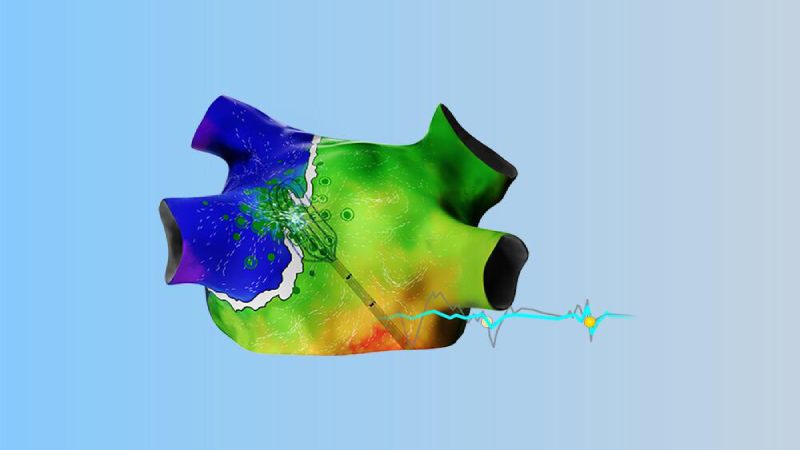Leading international efforts to establish robust standards that support the military’s responsible application of AI and autonomous systems is the US government. The government first unveiled the “Political Declaration on Responsible Military Use of Artificial Intelligence and Autonomy” at The Hauge on February 16, and the State Department said last week that 47 states had now signed on.
Artificial Intelligence (AI) is the ability of machines to do tasks like pattern recognition, learning from experience, inference, prediction, and recommendation generation that would otherwise require human intelligence.
In addition to weapons, military AI capabilities include decision support systems that assist defense leaders at all levels in making quicker and more informed decisions in both the battlefield and the boardroom. These systems cover a wide range of areas, from finance, payroll, and accounting to hiring, promoting, and retaining personnel to gathering and combining data related to intelligence, surveillance, and reconnaissance.
“The United States has been a global leader in responsible military use of AI and autonomy, with the Department of Defense championing ethical AI principles and policies on autonomy in weapon systems for over a decade. The political declaration builds on these efforts. It advances international norms on responsible military use of AI and autonomy, provides a basis for building common understanding, and creates a community for all states to exchange best practices,” said Sasha Baker, under secretary of defense for policy.
The Data, Analytics, and AI Adoption Strategy, which was released on November 2, is the most recent policy on military AI and autonomy that the Defense Department has published, setting the standard for the rest of the world.
The declaration is made up of a number of non-binding recommendations outlining the best ways to use artificial intelligence (AI) responsibly in the military. According to these guidelines, military AI systems must be auditable, have uses that are clear and well-defined, go through a rigorous testing and evaluation process throughout their lifecycle, be able to recognize and prevent unintended behaviors, and have senior-level review for high-impact applications.
As the State Department’s press release on November 13 states: “This groundbreaking initiative contains 10 concrete measures to guide the responsible development and use of military applications of AI and autonomy. The declaration and the measures it outlines, are an important step in building an international framework of responsibility to allow states to harness the benefits of AI while mitigating the risks. The U.S. is committed to working together with other endorsing states to build on this important development.”
The ten actions are as follows:
In order to ensure the responsible development, deployment, and application of AI capabilities, states should make sure that their military organizations embrace and apply these principles.
To make sure that the use of their military AI capabilities complies with their respective responsibilities under international law, especially international humanitarian law, states should take the necessary actions, such as legal reviews.
States ought to think about how they can better apply international humanitarian law and safeguard civilians and civilian property during armed conflict by utilizing military AI capabilities.
States ought to guarantee that high ranking officials efficiently and suitably supervise the advancement and implementation of military artificial intelligence (AI) capabilities that carry significant implications, encompassing, but not restricted to, weapon systems.
Governments ought to be proactive in reducing inadvertent prejudice in military AI systems.
States ought to make certain that the right people take the necessary precautions when developing, implementing, and utilizing military AI capabilities, including weapon systems that use such capabilities.
It is imperative for states to guarantee that their military AI capabilities are developed using transparent methodologies, data sources, design procedures, and documentation that can be audited by pertinent defense personnel.
In order to reduce the risk of automation bias and enable personnel to make appropriate, context-informed decisions about the use of military AI capabilities, states should guarantee that personnel who use or approve the use of such capabilities receive adequate training.
It is imperative for states to guarantee that military artificial intelligence (AI) capabilities are intended for specific purposes and that their engineering and design support these goals.
States should make sure that military AI capabilities are put through appropriate, rigorous testing and assurance procedures for their safety, security, and efficacy throughout their whole life cycles and intended applications. For military AI capabilities that are self-learning or constantly updating, states should make sure that crucial safety features have not been compromised by procedures like monitoring.
States ought to put in place suitable measures to lessen the likelihood that military AI will malfunction. These measures should include the capacity to recognize and prevent unexpected outcomes as well as the ability to react—for instance, by turning off or disengaging deployed systems—whenever these systems exhibit unexpected behavior.


 Entertainment4 weeks ago
Entertainment4 weeks ago
 Business3 weeks ago
Business3 weeks ago
 Business3 weeks ago
Business3 weeks ago
 Business3 weeks ago
Business3 weeks ago
 Technology4 weeks ago
Technology4 weeks ago
 Technology3 weeks ago
Technology3 weeks ago
 Technology2 weeks ago
Technology2 weeks ago
 Business2 weeks ago
Business2 weeks ago









